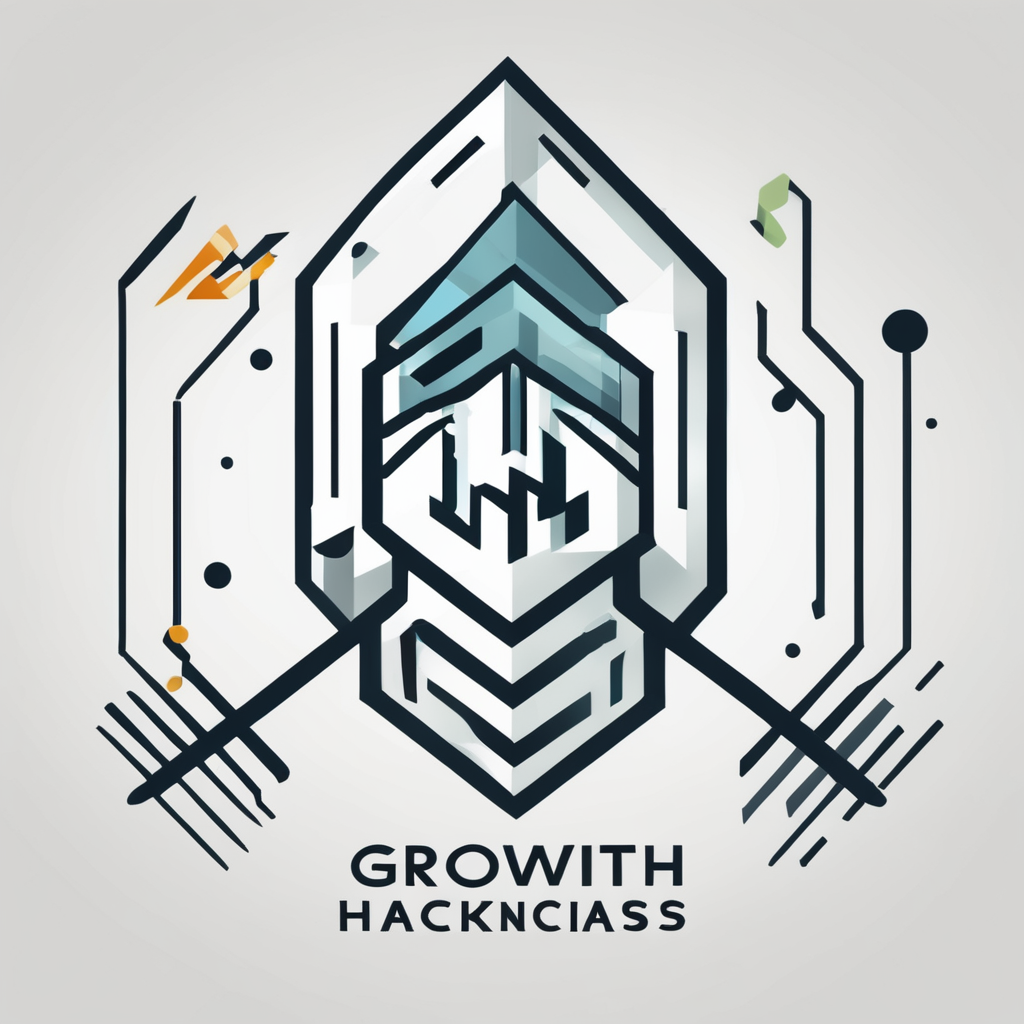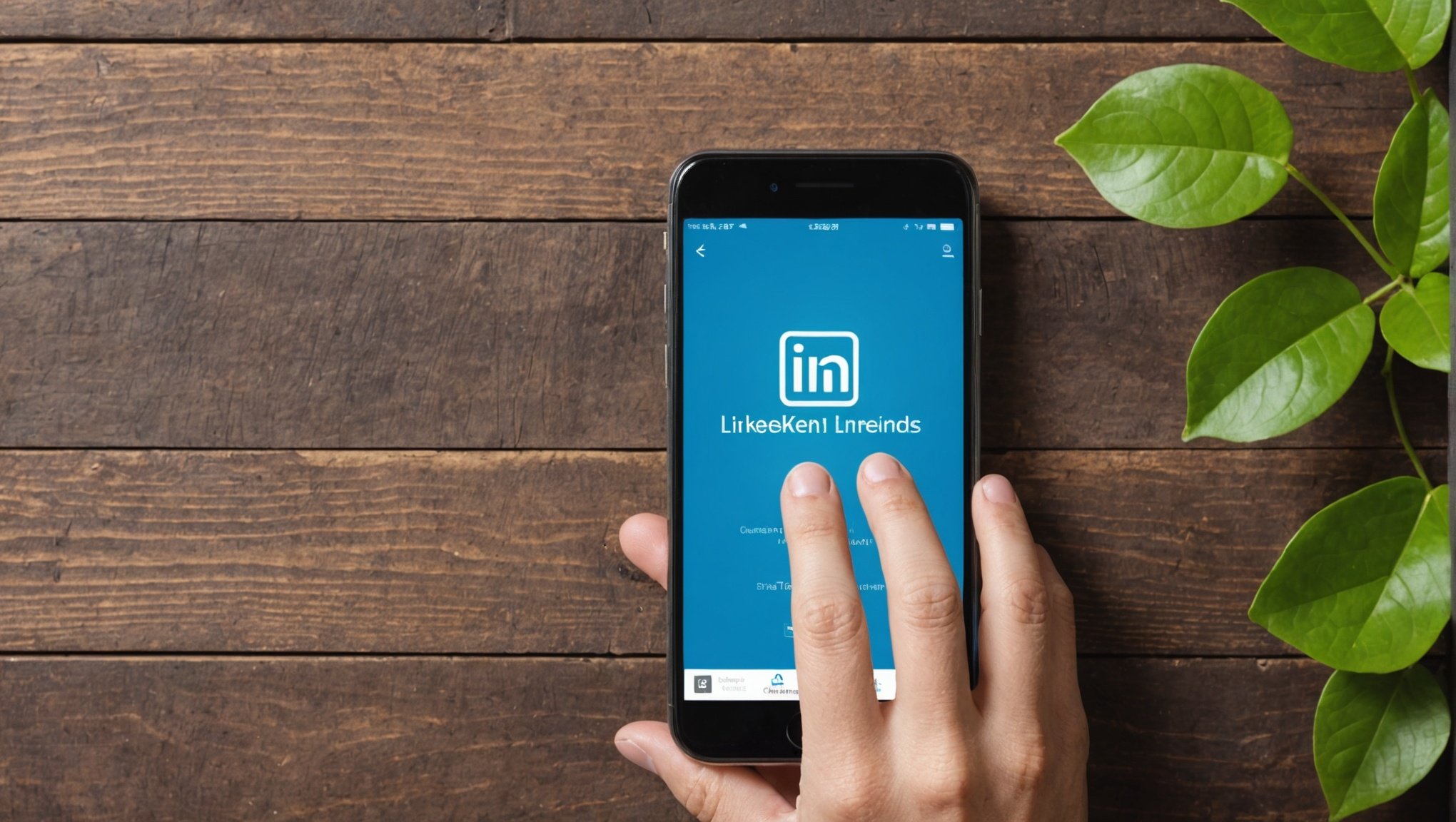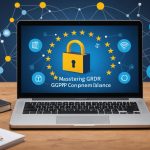Unlocking B2B Opportunities: Effective LinkedIn Strategies for UK Eco-Friendly Brands
In the ever-evolving landscape of business-to-business (B2B) marketing, UK eco-friendly brands are increasingly turning to LinkedIn to leverage its vast professional network and enhance their sustainability credentials. Here’s a comprehensive guide on how these brands can harness the power of LinkedIn to drive growth, build strong brand identities, and connect with their target audience.
The Importance of Sustainability in B2B Marketing
Sustainability is no longer a niche concern but a core aspect of modern business strategies. For UK eco-friendly brands, integrating sustainability into their marketing efforts is crucial for attracting and retaining a socially conscious audience.
Also read : Top Email Marketing Tactics to Boost UK Home Renovation Services: Strategies for Success
“Sustainability is not just a trend; it’s a necessity for businesses aiming to build long-term relationships with their customers,” notes a report from Bejamas on sustainable digital marketing strategies.
When it comes to B2B marketing, sustainability can be a significant differentiator. Here are some key reasons why sustainability should be at the forefront of your LinkedIn strategy:
Also to read : Unlocking TikTok: Strategies for UK Independent Toy Shops to Captivate Younger Audiences
- Aligns with Consumer Values: Consumers, especially younger generations, are more likely to support brands that prioritize sustainability. By showcasing your eco-friendly practices on LinkedIn, you can attract followers who share these values.
- Enhances Brand Reputation: A strong commitment to sustainability can significantly enhance your brand’s reputation and trustworthiness in the eyes of potential clients and partners.
- Drives Long-Term Growth: Sustainable practices are often associated with long-term thinking and responsible business operations, which can lead to more stable and sustainable business growth.
Crafting a Compelling LinkedIn Profile
Your LinkedIn profile is the first point of contact for many potential clients and partners. Here’s how you can make it stand out:
Complete and Optimized Profile
Ensure your LinkedIn profile is complete, up-to-date, and optimized for search. Here are some key elements to include:
- Clear Brand Description: Use your brand description to highlight your eco-friendly mission, values, and practices.
- High-Quality Visuals: Use high-quality logos, banners, and images that reflect your brand’s sustainability focus.
- Keywords: Incorporate relevant keywords related to sustainability and your industry to improve visibility in searches.
Showcase Your Sustainability Efforts
Use your LinkedIn profile to showcase your sustainability efforts. Here are a few ways to do this:
- Sustainability Page: Create a dedicated page or section on your profile to detail your sustainability initiatives, goals, and achievements.
- Case Studies and Reports: Share case studies, reports, or whitepapers that highlight the impact of your sustainability initiatives.
- Employee Testimonials: Share testimonials from employees who are passionate about sustainability to add a personal touch.
Content Strategy for Eco-Friendly Brands
Content is king on LinkedIn, and for eco-friendly brands, it’s an opportunity to educate, engage, and inspire their audience.
Types of Content to Post
Here are some content ideas that can help you engage your audience and showcase your sustainability commitment:
- Blog Posts: Share articles on sustainable practices, industry trends, and how your brand is making a positive impact.
- Example: “How Our Company Reduced Carbon Footprint by 30% in One Year”
- Infographics: Visualize data related to your sustainability efforts, such as energy savings or waste reduction.
- Example: “Our Journey to Zero Waste: Key Statistics and Milestones”
- Videos: Share videos of your sustainability initiatives, such as renewable energy projects or community engagement.
- Example: “Behind the Scenes: Our Solar Panel Installation Project”
- User-Generated Content: Encourage your employees or customers to share their own sustainability stories and tips.
- Example: “Employee Spotlight: How Our Team Members Are Reducing Their Carbon Footprint”
Engagement Strategies
Engagement is crucial for any LinkedIn content strategy. Here are some tips to increase engagement:
- Ask Questions: End your posts with questions that encourage followers to comment and share their views.
- Example: “What are some ways you reduce your carbon footprint at work? Share your tips in the comments below!”
- Use Hashtags: Use relevant hashtags like #Sustainability, #EcoFriendly, and #GreenBusiness to reach a broader audience.
- Tag Relevant Profiles: Tag other eco-friendly brands, influencers, or industry leaders to start conversations and collaborations.
- Respond to Comments: Always respond to comments and messages promptly to build a community around your brand.
Leveraging LinkedIn Groups for B2B Growth
LinkedIn Groups are a powerful tool for connecting with your target audience, sharing knowledge, and building relationships.
Finding the Right Groups
Here are some steps to find and join relevant LinkedIn Groups:
- Industry-Specific Groups: Join groups related to your industry, such as renewable energy or sustainable manufacturing.
- Sustainability-Focused Groups: Look for groups dedicated to sustainability, corporate social responsibility (CSR), and environmental issues.
- Local Groups: Join local groups to connect with businesses and professionals in your region.
Active Participation
To get the most out of LinkedIn Groups, you need to be an active participant:
- Share Valuable Content: Share relevant articles, reports, or insights that add value to the group discussions.
- Comment and Engage: Comment on posts, ask questions, and engage in discussions to build relationships and establish your brand as a thought leader.
- Host Webinars or Q&A Sessions: Organize webinars or Q&A sessions within the group to share your expertise and build trust.
Measuring Success and Adjusting Your Strategy
To ensure your LinkedIn strategy is effective, you need to measure its success and make adjustments as necessary.
Key Metrics to Track
Here are some key metrics to track when evaluating your LinkedIn strategy:
| Metric | Description |
|---|---|
| Engagement Rate | Likes, comments, shares, and reactions on your posts. |
| Follower Growth | The rate at which your follower count is increasing. |
| Post Reach | The number of people who viewed your posts. |
| Click-Through Rate | The percentage of users who clicked on your links or visited your website. |
| Conversion Rate | The number of leads or sales generated from LinkedIn traffic. |
Using LinkedIn Analytics
LinkedIn provides built-in analytics tools that can help you track these metrics and understand how your content is performing.
- LinkedIn Insights: Use LinkedIn Insights to see how your posts are performing, which types of content are most engaging, and who is engaging with your content.
- Audience Demographics: Analyze the demographics of your audience to ensure you are targeting the right people with your content.
Practical Insights and Actionable Advice
Here are some practical insights and actionable advice to help you get started:
Embrace Emotional and Instinctive Decision-Making
According to LinkedIn’s B2B Institute, 95% of B2B decisions are instinctive rather than logical. This means your content should not only be informative but also emotionally resonant.
- Tell Stories: Share stories about how your sustainability initiatives are making a positive impact on the environment and the community.
- Use Visuals: Use high-quality images and videos to make your content more engaging and memorable.
Focus on Short, Impactful Content
Attention spans are limited, especially in the digital age. Short, impactful content can outperform longer, more detailed posts.
- Short Videos: Create short videos that highlight key sustainability initiatives or achievements.
- Infographics: Use infographics to present complex data in a visually appealing and easy-to-understand format.
The 95-5 Rule in B2B Branding
The 95-5 rule suggests that 95% of buyers are out-of-market at any given time. This means your strategy should focus on long-term brand building to stay top-of-mind when these decision-makers eventually enter the market.
- Consistent Posting: Maintain a consistent posting schedule to keep your brand visible and top-of-mind.
- Educational Content: Share educational content that provides value even when the buyer is not ready to make a purchase.
For UK eco-friendly brands, LinkedIn offers a powerful platform to showcase sustainability efforts, build strong brand identities, and connect with a targeted audience. By crafting a compelling profile, developing a robust content strategy, leveraging LinkedIn Groups, and measuring success, you can unlock significant B2B opportunities and drive sustainable growth.
As Colin Gray from McCann notes, “B2B buyers are people too,” and understanding their behaviors and values is key to supercharging your marketing efforts.
By following these strategies and staying committed to your sustainability mission, you can not only grow your business but also contribute to a more environmentally conscious and responsible business landscape.


















